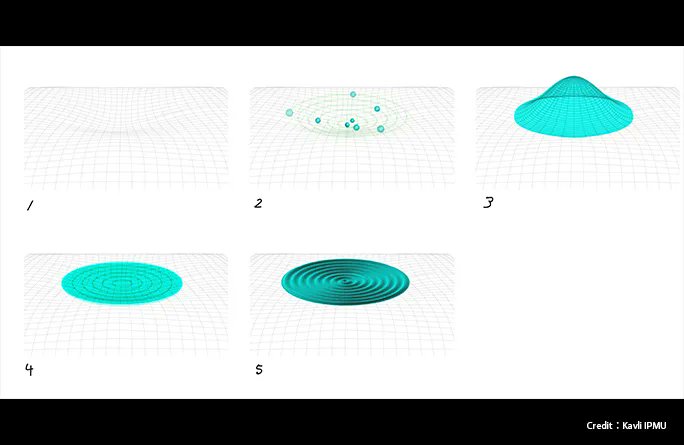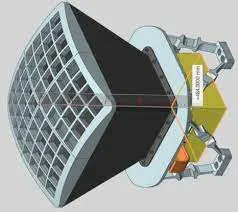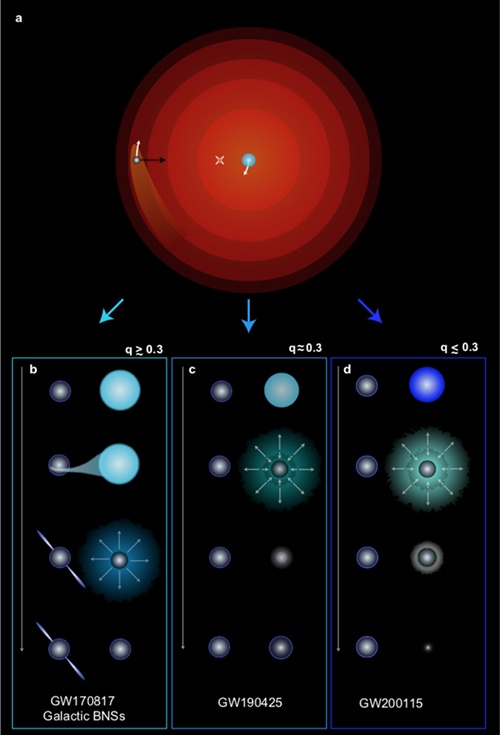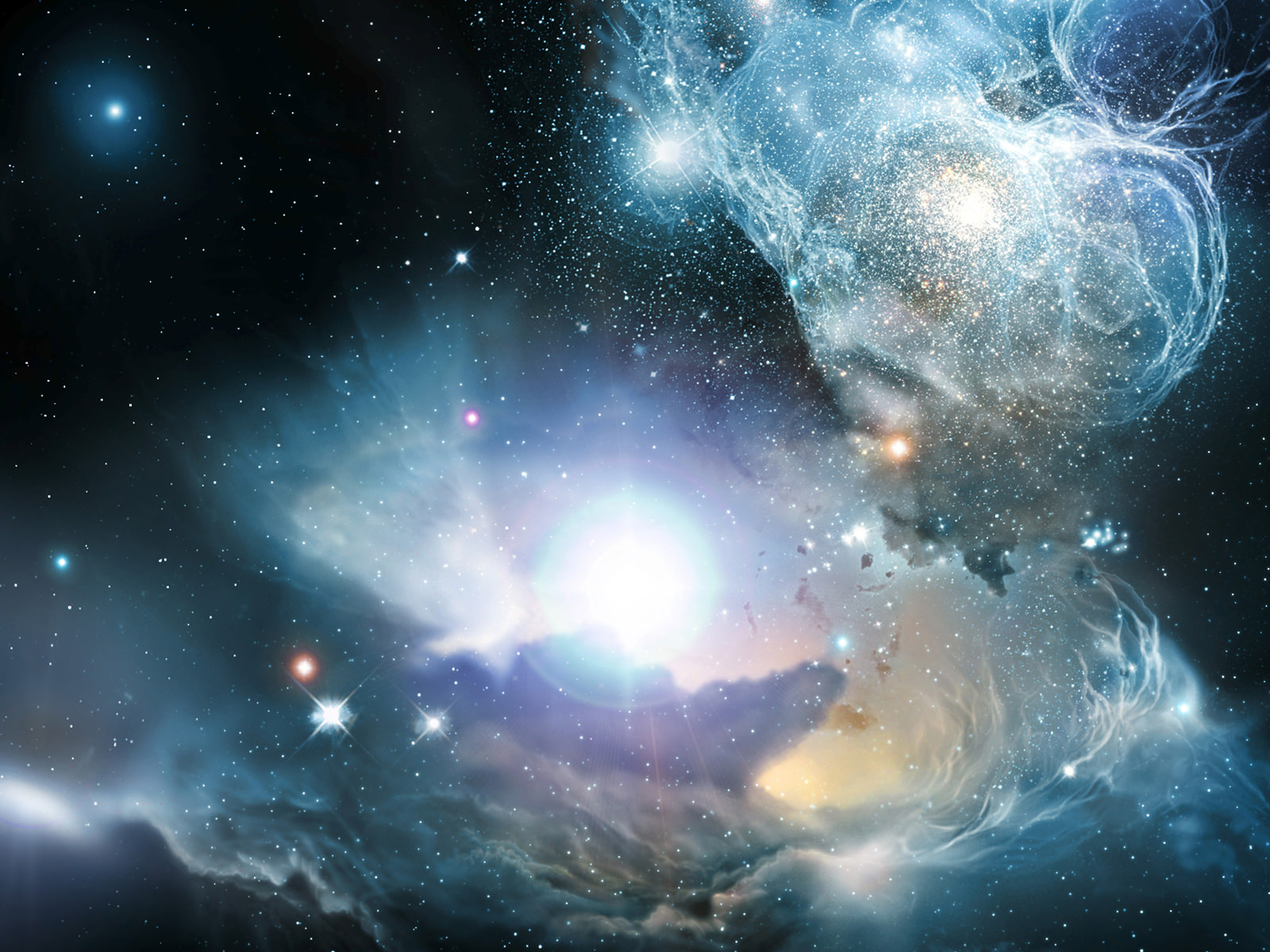In the grand scheme of things, the structure of a black hole is pretty simple. All you need to know is its mass, electric charge, and rotation, and you know what the structure of space and time around the black hole must be. But if you have two black holes orbiting each other, then things get really complicated. Unlike a single black hole, for which there is an exact solution to Einstein’s equations, there is no exact solution for two black holes. It’s similar to the three-body problem in Newtonian gravity. But that doesn’t mean astronomers can’t figure things out, as a couple of recent studies show.
Continue reading “Binary Black Holes can Unlock Another of Einstein’s Predictions”What is Einstein’s Theory of Relativity?
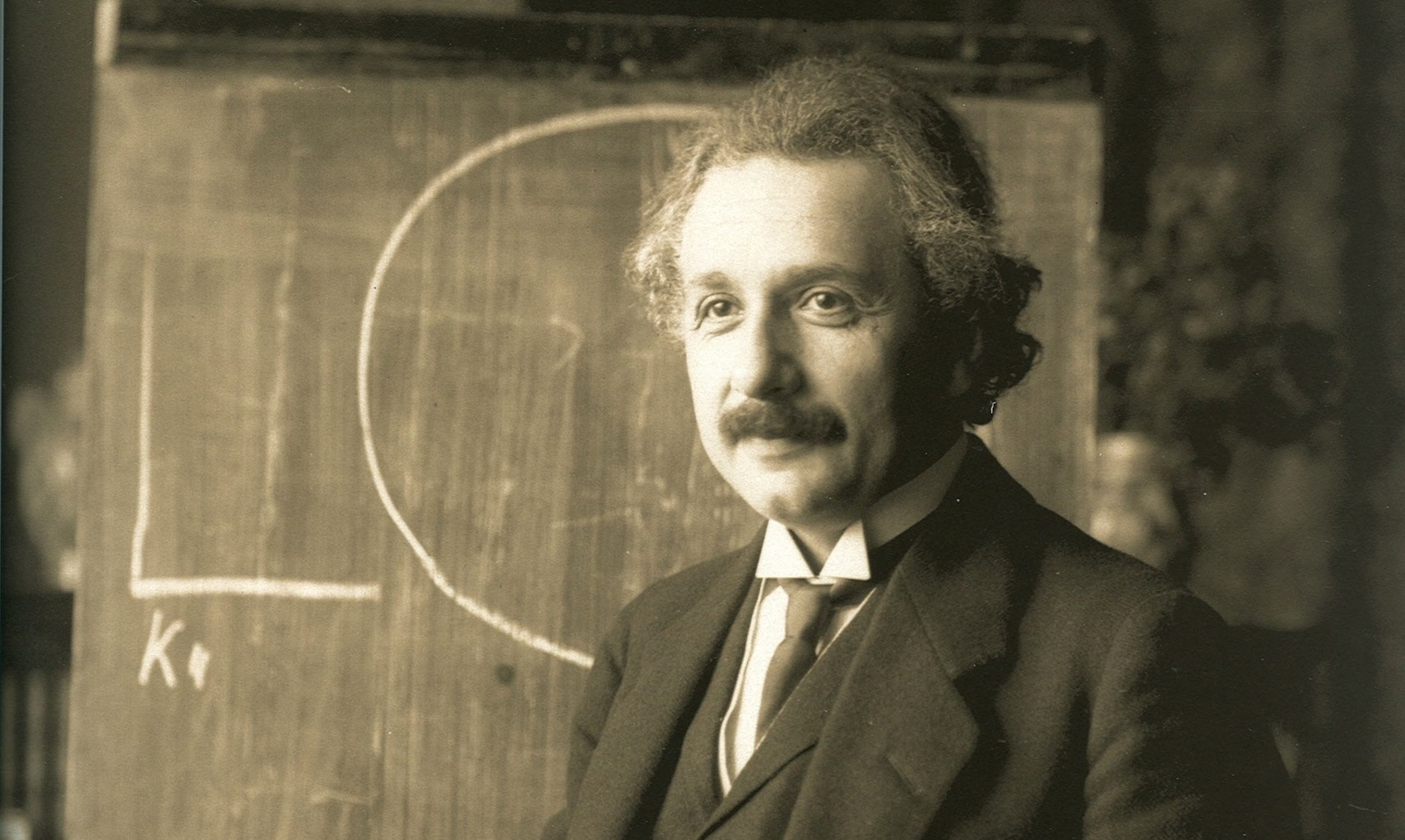
In the history of science and physics, several scholars, theories, and equations have become household names. In terms of scientists, notable examples include Pythagoras, Aristotle, Galileo, Newton, Planck, and Hawking. In terms of theories, there’s Archimede’s “Eureka,” Newton’s Apple (Universal Gravitation), and Schrodinger’s Cat (quantum mechanics). But the most famous and renowned is arguably Albert Einstein, Relativity, and the famous equation, E=mc2. In fact, Relativity may be the best-known scientific concept that few people truly understand.
For example, Einstein’s Theory of Relativity comes in two parts: the Special Theory of Relativity (SR and the General Theory of Relativity (GR). And the term “Relativity” itself goes back to Galileo Galilee and his explanation for why motion and velocity are relative to the observer. As you can probably tell, explaining how Einstein’s groundbreaking theory works require a deep dive into the history of physics, some advanced concepts, and how it all came together for one of the greatest minds of all time!
Continue reading “What is Einstein’s Theory of Relativity?”Astronomers Might Have Detected the Background Gravitational Waves of the Universe

In February 2016, Gravitational Waves (GWs) were detected for the first time in history. This discovery confirmed a prediction made by Albert Einstein over a century ago and triggered a revolution in astronomy. Since then, dozens of GW events have been detected from various sources, ranging from black hole mergers, neutron star mergers, or a combination thereof. As the instruments used for GW astronomy become more sophisticated, the ability to detect more events (and learn more from them) will only increase.
For instance, an international team of astronomers recently detected a series of low-frequency gravitational waves using the International Pulsar Timing Array (IPTA). These waves, they determined, could be the early signs of a background gravitational wave signal (BGWS) caused by pairs of supermassive black holes. The existence of this background is something that astrophysicists have theorized since GWs were first detected, making this a potentially ground-breaking discovery!
Continue reading “Astronomers Might Have Detected the Background Gravitational Waves of the Universe”Twin Stars Prove Einstein at Least 99.99% Right

More than a hundred years have passed since Einstein formalized his theory of General Relativity (GR), the geometric theory of gravitation that revolutionized our understanding of the Universe. And yet, astronomers are still subjecting it to rigorous tests, hoping to find deviations from this established theory. The reason is simple: any indication of physics beyond GR would open new windows onto the Universe and help resolve some of the deepest mysteries about the cosmos.
One of the most rigorous tests ever was recently conducted by an international team of astronomers led by Michael Kramer of the Max Planck Institute for Radio Astronomy (MPIfR) in Bonn, Germany. Using seven radio telescopes from across the world, Kramer and his colleagues observed a unique pair of pulsars for 16 years. In the process, they observed effects predicted by GR for the first time, and with an accuracy of at least 99.99%!
Continue reading “Twin Stars Prove Einstein at Least 99.99% Right”Gravitational Waves Could Explain why There’s More Matter Than Antimatter in the Universe
One of the questions underpinning both philosophy and science is “why are we here”? Ask an astrophysicist, and they might answer with an imbalance between matter and antimatter at the beginning of the universe. While that is a (relatively) simple explanation, it then begs the question – why was there an imbalance in the first place? Scientists have been seeking ways to test various theories regarding that imbalance but have come up empty-handed so far. Now, a team of theoretical physicists think they might have found a way to test some of those theories using gravitational waves.
Continue reading “Gravitational Waves Could Explain why There’s More Matter Than Antimatter in the Universe”The Gamow Explorer Would be a new Gamma-ray Observatory to Search for the First Stars in the Universe… as They Explode
Gamma rays are useful for more than just turning unassuming scientists into green-skinned behemoths. They can also shine a light on the deaths of some of the earliest stars in the universe. More accurately, they are some of the light caused by the deaths of the earliest stars in the universe. Now, a team of scientists led by Nicholas White of George Washington University, and formerly of NASA’s Goddard Space Flight Center, has proposed an observatory mission that would scan the sky for evidence of Gamma-ray bursts (GRBs) and use them to understand the early universe.
Continue reading “The Gamow Explorer Would be a new Gamma-ray Observatory to Search for the First Stars in the Universe… as They Explode”Maybe “Boson Clouds” Could Explain Dark Matter
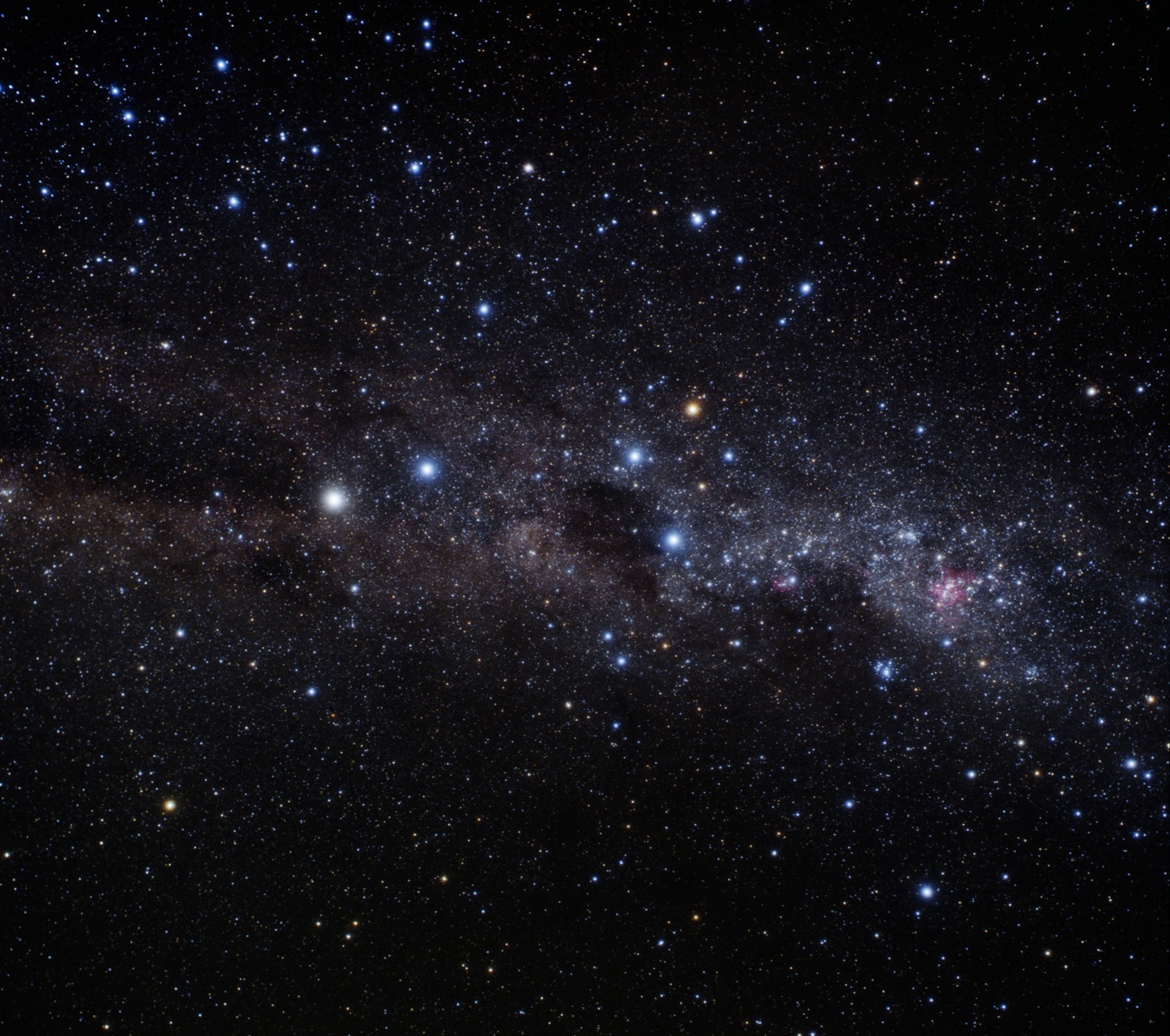
The nature of dark matter continues to perplex astronomers. As the search for dark matter particles continues to turn up nothing, it’s tempting to throw out the dark matter model altogether, but indirect evidence for the stuff continues to be strong. So what is it? One team has an idea, and they’ve published the results of their first search.
Continue reading “Maybe “Boson Clouds” Could Explain Dark Matter”Gravitational Waves Reveal Surprising Secrets About Neutron Stars
The confirmation of gravitational waves back in 2017 continues to unlock whole new worlds of physics but also continues to elicit further questions. The detection of each gravitational wave brings a new challenge – how to find out what caused the event. Sometimes that is harder than it sounds. Now a team led by Alejandro Vigna-Gomez of the University of Copenhagen thinks they found a model of star death that helps to explain some previously inexplicable findings – and points to a galaxy with many more massive neutron stars than previously thought.
Continue reading “Gravitational Waves Reveal Surprising Secrets About Neutron Stars”Gravitational-Wave Observatories Should be Able to Detect Primordial Black Hole Mergers, if They’re out There
The tumultuous era of the big bang may have been chaotic enough to flood the universe with primordial black holes. Eventually some of those black holes will find each other and merge, sending out ripples of gravitational waves. A comprehensive search for those gravitational wave signatures hasn’t found anything, putting tight constraints on the abundance of these mysterious objects.
Continue reading “Gravitational-Wave Observatories Should be Able to Detect Primordial Black Hole Mergers, if They’re out There”Next-Generation Gravitational Wave Observatories Could Detect the First Stars When They Exploded as Supernovae
The first stars to appear in the universe are no longer with us – they died long ago. But when they died they released torrents of gravitational waves, which might still be detectable as a faint hum in the background vibrations of the cosmos.
Continue reading “Next-Generation Gravitational Wave Observatories Could Detect the First Stars When They Exploded as Supernovae”

